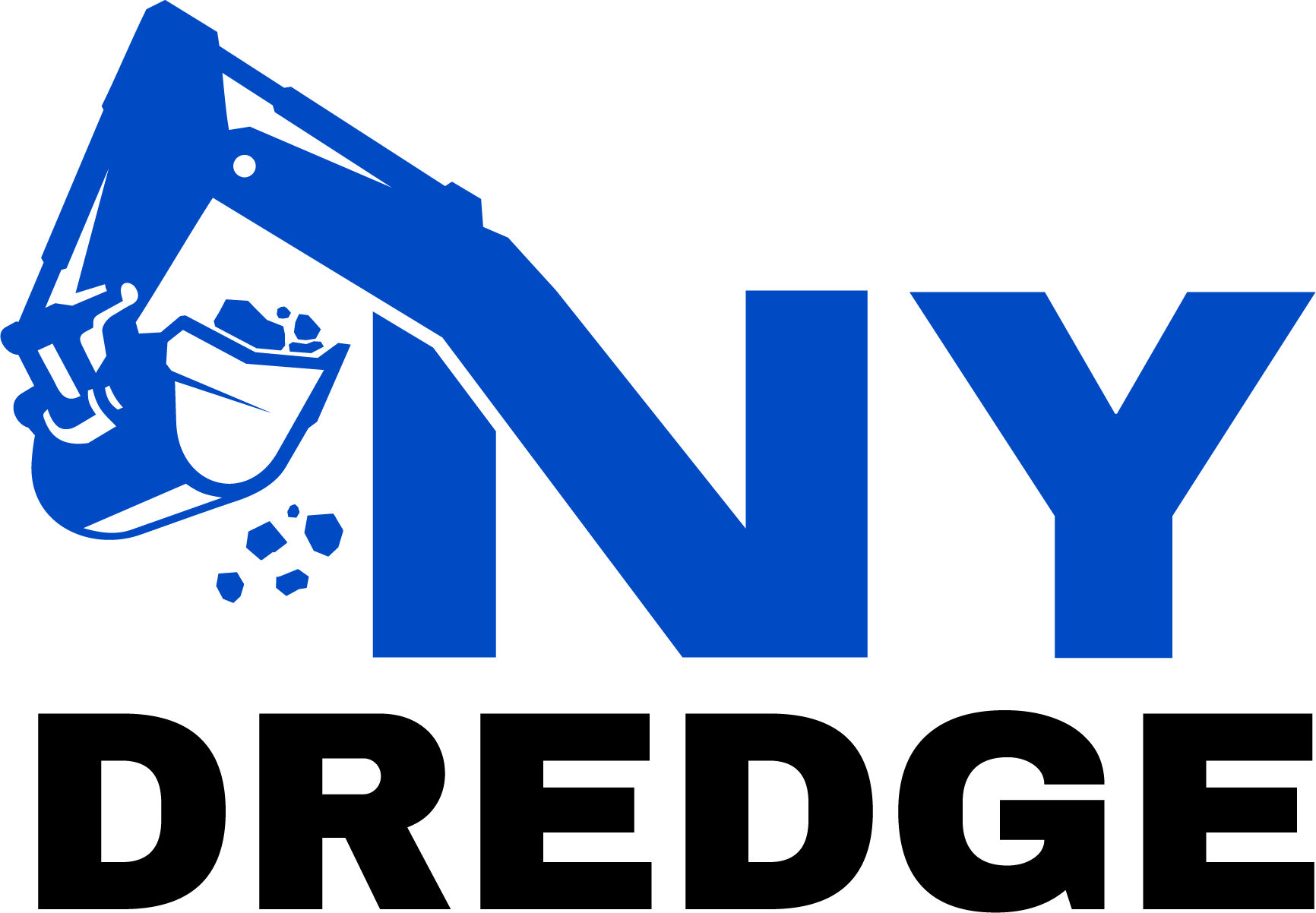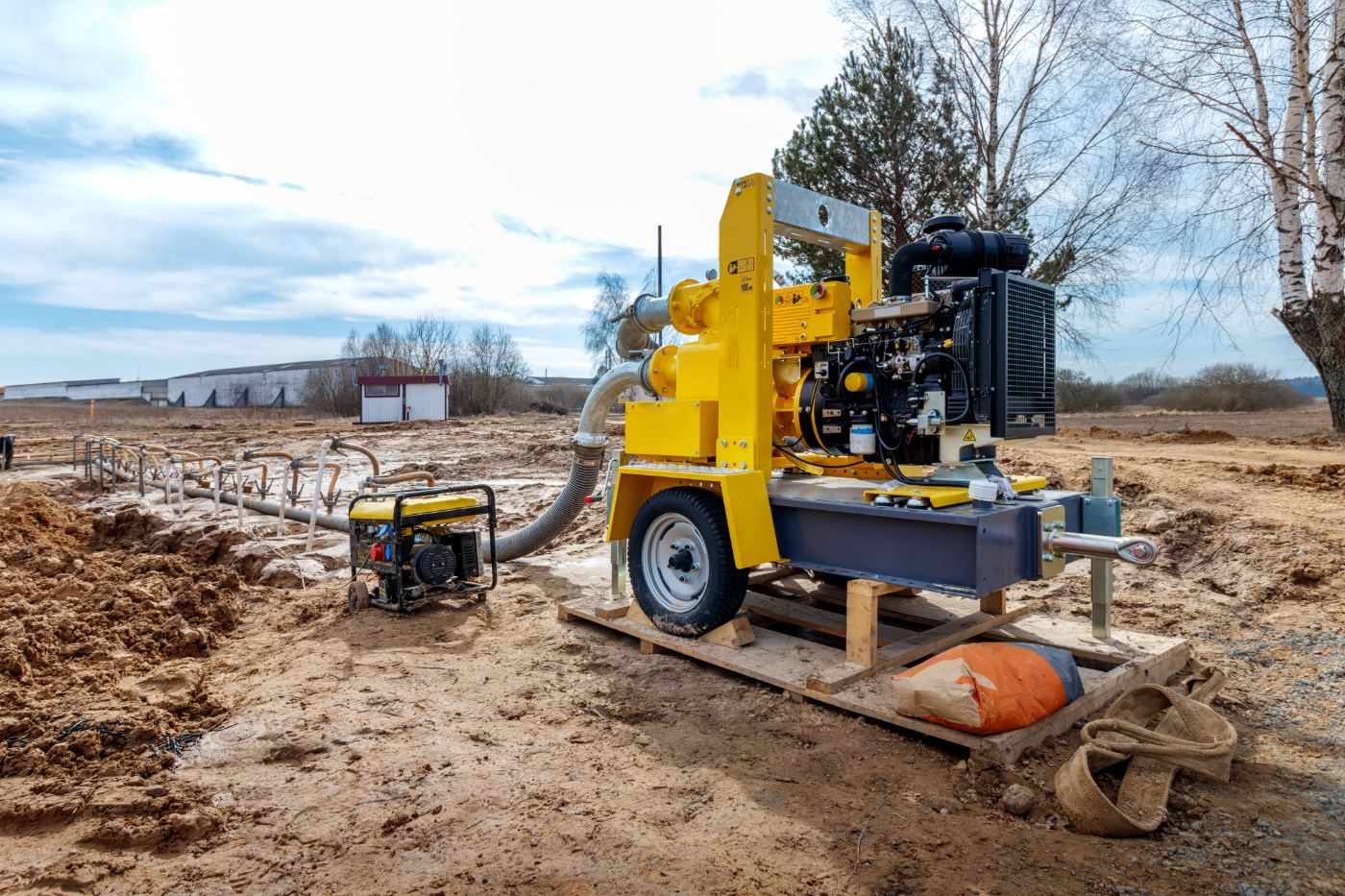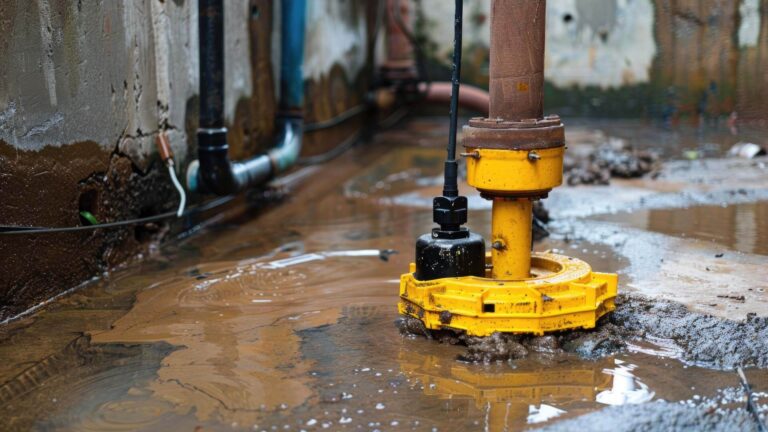As environmental regulations become increasingly stringent, industries and municipalities must adopt reliable waste management solutions that not only ensure compliance but also promote sustainability. One of the most effective tools in this effort is sludge dewatering equipment, which reduces the water content in sludge to create a manageable, transportable byproduct. From municipal wastewater treatment to oil and gas drilling operations, dewatering equipment helps minimize environmental risks, lower operational costs, and streamline waste disposal. In particular, the rise of mobile dewatering equipment has introduced greater flexibility and responsiveness for on-site sludge management, allowing operators to meet compliance standards in even the most remote or time-sensitive projects.
What is Sludge Dewatering Equipment?
Sludge dewatering equipment is essential machinery used in industrial and municipal wastewater treatment facilities to reduce the water content of sludge. By separating liquid from solid waste, this equipment transforms sludge into a manageable, semi-solid material—commonly referred to as “sludge cake”—that is easier and more cost-effective to handle, transport, and dispose of. The core function of this dewatering equipment is to minimize waste volume while ensuring environmental safety and compliance with regulatory requirements.
Definition and Core Functions
At its core, sludge dewatering equipment performs mechanical separation of water from sludge, significantly lowering moisture content and improving the efficiency of downstream handling or disposal processes. This function supports environmental compliance by preventing the release of untreated waste and helping facilities meet discharge limits and landfill criteria. Key benefits include:
- Reduced sludge volume (up to 80% or more)
- Lower transportation and disposal costs
- Improved overall operational efficiency
- Enhanced regulatory and environmental compliance
Difference Between Sludge Thickening and Dewatering
While often used interchangeably, sludge thickening and sludge dewatering are distinct processes. Thickening is the preliminary step that increases solids concentration by removing a portion of the free water, typically resulting in a sludge with a solids content of 4–6%. In contrast, dewatering removes both free and some bound water, producing a sludge cake with solids content ranging from 15% to 40% or more, depending on the technology used. Dewatering is a critical step in preparing sludge for final disposal or beneficial reuse.
Common Types of Dewatering Equipment
Several types of sludge dewatering equipment are available, each with specific applications and advantages:
- Belt Filter Presses: Utilize gravity and mechanical pressure to remove water, making them ideal for municipal wastewater treatment plants.
- Centrifuges: High-speed rotation separates solids from liquids; efficient and compact for industrial use.
- Filter Presses: Apply high-pressure filtration, suitable for applications with high-solids content.
- Screw presses offer continuous operation and lower energy consumption, making them ideal for facilities with energy efficiency goals.
Role of Mobile Dewatering Equipment
Mobile dewatering equipment provides a flexible, on-demand solution for temporary or remote operations. Housed in trailers or containerized units, these systems are deployed for short-term projects, emergency responses, or sites where permanent installations are not feasible. They play a critical role in:
- Disaster response and spill cleanup
- Construction dewatering at remote job sites
- Seasonal maintenance of treatment plants
- Reducing downtime during plant upgrades
Environmental Regulations Driving Dewatering Demand
The demand for sludge dewatering equipment is growing as industries and municipalities face increasing pressure to comply with stringent environmental regulations. Governing bodies around the world, such as the U.S. Environmental Protection Agency (EPA), the European Union (EU), and various national environmental authorities, have established comprehensive rules that dictate how wastewater and sludge must be treated, transported, and disposed of. These regulations not only shape how facilities manage waste but also directly influence the adoption of advanced dewatering equipment across sectors.
Overview of Global and National Environmental Regulations
In the United States, the EPA’s Clean Water Act regulates the discharge of pollutants into navigable waters, requiring facilities to treat sludge to specific standards before disposing of or applying it to land. Similarly, the EU’s Urban Waste Water Treatment Directive mandates proper sludge treatment and promotes the recovery of resources. Around the world, environmental agencies are aligning themselves with similar objectives: reducing water pollution, protecting ecosystems, and promoting circular waste management strategies. To meet these mandates, facilities must use effective sludge dewatering equipment to minimize their environmental footprint.
Limits on Sludge Volume, Disposal Criteria, and Water Discharge Standards
A major regulatory focus is on minimizing the volume of sludge destined for landfills or incineration. Many countries have introduced weight- or volume-based disposal fees, encouraging the use of dewatering equipment to reduce bulk. Discharge permits often specify limits on total suspended solids (TSS), biological oxygen demand (BOD), and nutrient levels—thresholds that cannot be met without effective sludge management. The proper use of mobile dewatering equipment enables compliance even at remote or temporary project sites where infrastructure is limited.
Why Compliance is Not Optional: Penalties and Project Shutdowns
Failure to comply with sludge handling regulations can result in severe consequences, including substantial fines, legal action, and even the complete shutdown of a project. Non-compliance also damages a company’s reputation and may result in the revocation of operating permits. Regulatory bodies are increasingly conducting surprise inspections and audits, making it crucial for facilities to implement reliable sludge dewatering equipment and maintain consistent performance records. Investing in high-efficiency dewatering equipment is no longer a matter of operational preference—it’s a legal necessity.
How Sludge Dewatering Equipment Supports Compliance
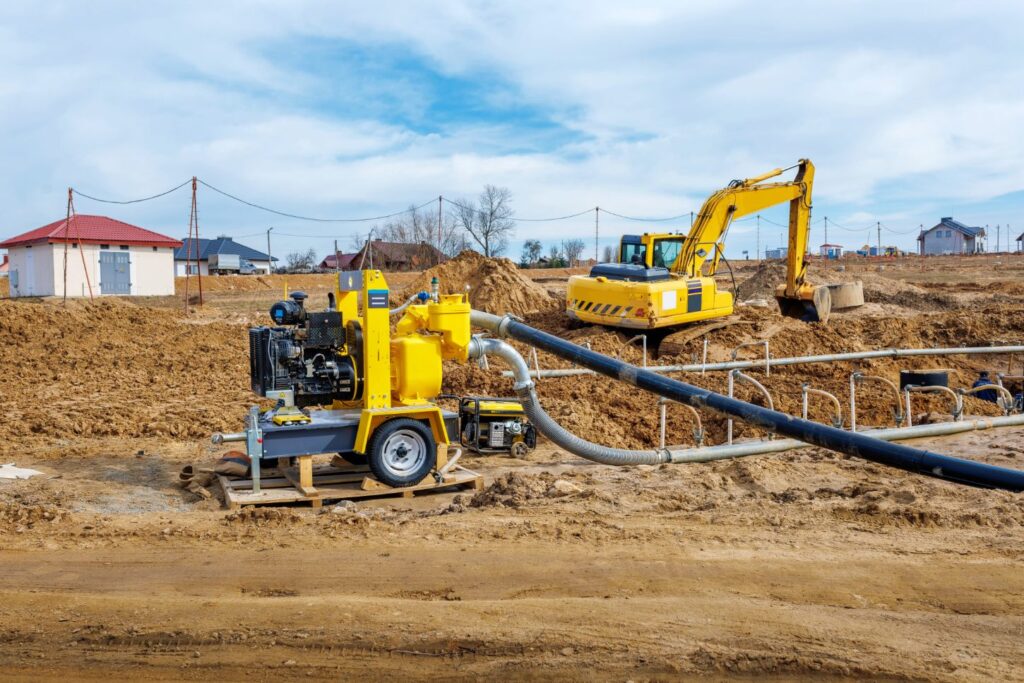
Sludge dewatering equipment is a cornerstone of environmental compliance strategies across various industries, enabling facilities to meet increasingly stringent waste management standards. By reducing the water content and concentrating solids, this equipment transforms waste sludge into a manageable form that meets regulatory requirements for disposal, transportation, and environmental safety. Whether in a permanent facility or a temporary setup using mobile dewatering equipment, the process supports critical compliance outcomes.
Volume Reduction to Meet Landfill Criteria
One of the primary functions of dewatering equipment is to significantly reduce the volume of sludge by removing excess water. This volume reduction not only cuts transportation costs but also enables facilities to meet landfill acceptance criteria, which often include limits on moisture content and total mass. By producing a drier, denser sludge cake, sludge dewatering equipment ensures that only the minimum necessary volume reaches disposal sites, reducing environmental impact and aligning with sustainability goals.
Minimizing Leachate and Odor Emissions
Untreated or poorly dewatered sludge can create substantial leachate—contaminated liquid that seeps into the environment—and emit strong, unpleasant odors. These byproducts are subject to environmental control regulations, particularly in areas with high population density or sensitive ecological zones. High-performance sludge dewatering equipment minimizes both risks by containing free water and reducing the biological activity that causes odor. This capability is especially vital in field operations supported by mobile dewatering equipment, where onsite control is critical.
Achieving Safe Total Solids (TS) Content for Transport and Disposal
Disposal and transport regulations often specify a minimum Total Solids (TS) percentage to ensure that sludge can be safely handled without leakage or breakdown during transit. Most regulators recommend or require total solids (TS) levels of 15% to 30% for landfilling or land application. Dewatering equipment enables operators to consistently meet or exceed these thresholds, producing a sludge cake with uniform dryness and structural integrity that complies with transport and disposal regulations.
Reducing the Burden on Wastewater Treatment Plants
When sludge is not properly dewatered, it increases the hydraulic load on downstream treatment systems, resulting in inefficiencies, higher energy consumption, and potential permit violations. By removing water at the source, sludge dewatering equipment reduces the volume of sludge entering wastewater treatment facilities, thereby freeing up capacity and improving system performance. This is particularly beneficial in temporary or remote setups using mobile dewatering equipment, where minimizing the burden on centralized infrastructure is essential for maintaining compliance.
Design Features That Enhance Environmental Outcomes
Modern sludge dewatering equipment is engineered not just for operational efficiency, but also for environmental responsibility. As regulations tighten and sustainability goals become increasingly central to industrial operations, equipment manufacturers have introduced a range of features that directly support cleaner and safer waste management. These innovations are essential for industries aiming to maintain compliance while minimizing their ecological footprint, whether using stationary systems or mobile dewatering equipment on remote job sites.
Closed-Loop Systems to Prevent Runoff and Spillage
Many advanced dewatering equipment systems are designed with closed-loop configurations to contain and recycle process water. This design prevents contaminated water from spilling onto job sites or entering stormwater drains, a common regulatory violation. Closed-loop sludge management ensures that runoff is minimized, reduces the risk of soil and water contamination, and simplifies compliance with discharge permits. It also makes mobile dewatering equipment safer for temporary or environmentally sensitive locations where containment is critical.
Energy-Efficient Motors and Low Chemical Dependency
Sustainable operation is a major advantage of today’s sludge dewatering equipment. Energy-efficient motors lower power consumption without compromising performance, enabling operators to reduce emissions and control operating costs. Additionally, modern systems are designed to operate effectively with minimal chemical additives, reducing the environmental impact of coagulants and flocculants. This eco-conscious design not only aids compliance but also supports corporate sustainability targets.
Automated Monitoring for Compliance Reporting
Automation plays a key role in maintaining consistent performance and ensuring that operations stay within regulatory parameters. Many dewatering equipment systems are equipped with smart sensors and automated control panels that monitor flow rate, solids content, motor load, and filtrate quality. These features provide real-time data that can be logged and reported for environmental audits or inspections. In the case of mobile dewatering equipment, automation ensures consistent output even with limited onsite personnel, making it easier to meet documentation and compliance standards.
Compatibility with Filtration and Geotextile Dewatering Methods
Versatility is another critical environmental design feature. High-quality sludge dewatering equipment can be integrated with external filtration systems, such as geotextile tubes, for enhanced solids capture and water clarification. These hybrid setups are particularly effective in projects that require passive dewatering, such as managing agricultural runoff, cleaning lagoons, or responding to floods. When paired with mobile dewatering equipment, they provide a portable, scalable solution that supports environmental compliance without the need for fixed infrastructure.
Benefits of Mobile Dewatering Equipment for On-Site Compliance
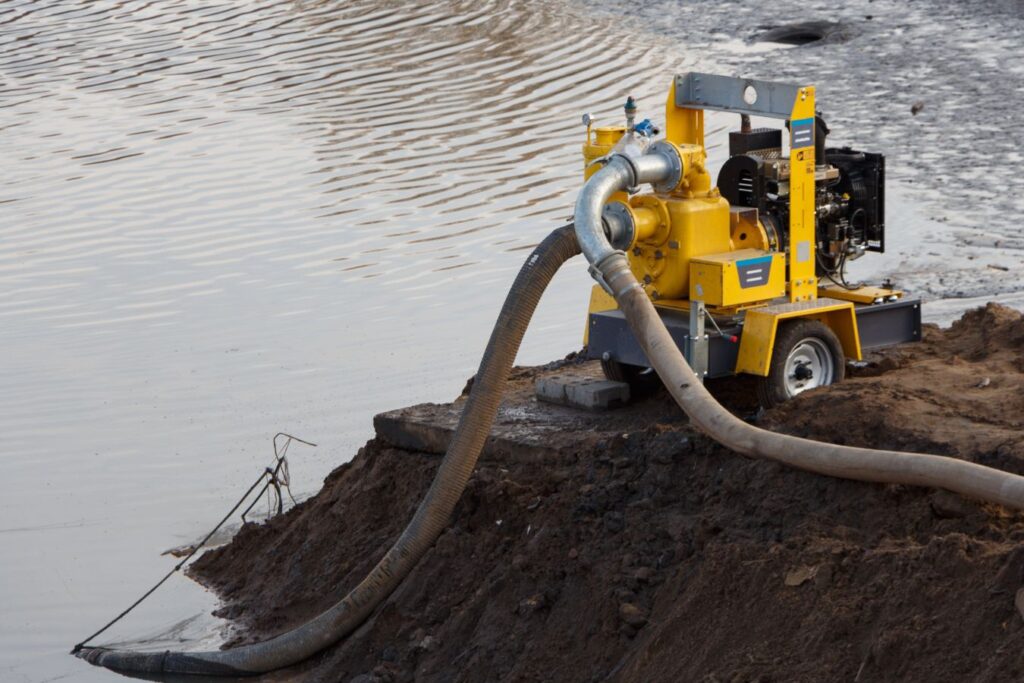
Mobile dewatering equipment has become a vital asset for organizations that require rapid, flexible sludge management solutions while maintaining strict environmental compliance. Unlike fixed installations, these portable systems offer on-site sludge processing capabilities that support a wide range of project types—from emergency cleanup efforts to routine maintenance in remote areas. When paired with high-performance sludge dewatering equipment, mobile units deliver all the benefits of advanced waste processing without the need for permanent infrastructure.
Flexibility for Short-Term Projects and Emergency Response
Mobile sludge dewatering equipment is ideal for projects with limited timelines, such as construction dewatering, pipeline maintenance, or temporary treatment plant upgrades. In the event of a spill or unexpected system failure, mobile systems can be deployed quickly to manage sludge and mitigate environmental risks. This flexibility ensures regulatory compliance even in time-sensitive or unplanned scenarios, reducing the likelihood of fines or legal exposure.
Faster Deployment in Remote or Sensitive Areas
In locations where infrastructure is limited or nonexistent, such as rural wastewater facilities, mining operations, or protected wetlands, mobile dewatering equipment offers a turnkey solution. These systems can be trucked in and set up rapidly, reducing the need for costly site development. Their ability to operate autonomously makes them ideal for environmentally sensitive zones where traditional dewatering equipment cannot be easily installed.
Reducing Transport of Untreated Sludge (Lower Carbon Footprint)
Transporting high-moisture sludge over long distances is both costly and environmentally taxing. Mobile dewatering equipment enables operators to process sludge on-site, significantly reducing its volume and weight prior to transport. This on-site treatment not only cuts fuel usage and carbon emissions but also supports landfill and disposal facility requirements regarding solids content and material handling.
On-Demand Sludge Handling During Regulatory Inspections or Audits
Environmental compliance often requires a prompt response during audits or inspections. Mobile sludge dewatering equipment enables facilities to handle loads on demand, ensuring clean and compliant operations during site evaluations. By offering immediate control over sludge moisture content and discharge quality, these systems help organizations meet documentation and performance standards required by environmental agencies.
Operational Best Practices for Compliance Using Dewatering Equipment
Maintaining environmental compliance requires more than simply owning reliable sludge dewatering equipment—it demands consistent operational discipline. From equipment selection to performance monitoring and documentation, every step of the sludge management process must be optimized to meet strict environmental standards. Whether deploying permanent systems or mobile dewatering equipment, applying best practices ensures regulatory alignment and long-term system efficiency.
Proper Sizing and Selection of Equipment
Choosing the right dewatering equipment starts with understanding the specific requirements of the sludge stream, including flow rate, solids concentration, and discharge goals. Undersized or oversized systems can result in poor performance, excessive wear, or failure to meet compliance benchmarks. Facilities should consult equipment manufacturers or technical specialists to select the appropriate sludge dewatering equipment, especially for applications that require mobile dewatering equipment in variable field conditions.
Monitoring Input/Output Solids Levels
Continuous monitoring of solids concentration before and after the dewatering process is essential to maintain consistent output quality and compliance. Sludge with too much water content can fail disposal criteria, while excessively dry sludge may cause equipment strain. Using sensors and sampling protocols to track Total Solids (TS) and other performance indicators enables operators to optimize their dewatering equipment settings and respond to changing sludge conditions in real-time.
Routine Maintenance and Performance Audits
Regular maintenance is critical for keeping sludge dewatering equipment running efficiently and within compliance thresholds. This includes cleaning filter media, inspecting belts and seals, checking for wear on screws or centrifuge bowls, and replacing parts as needed. Scheduled performance audits also help identify small issues before they escalate, ensuring that both fixed and mobile dewatering equipment consistently meet environmental requirements.
Integration with SCADA or Remote Monitoring for Documentation
Modern dewatering equipment often includes automation features that can be integrated into SCADA (Supervisory Control and Data Acquisition) systems or cloud-based platforms. These integrations enable operators to remotely monitor equipment status, track solids output, and automatically generate compliance reports. This level of documentation is invaluable during audits and regulatory inspections, particularly for mobile operations where in-field data logging is essential for proving compliance with environmental standards.
Industries and Applications Where Compliance is Critical
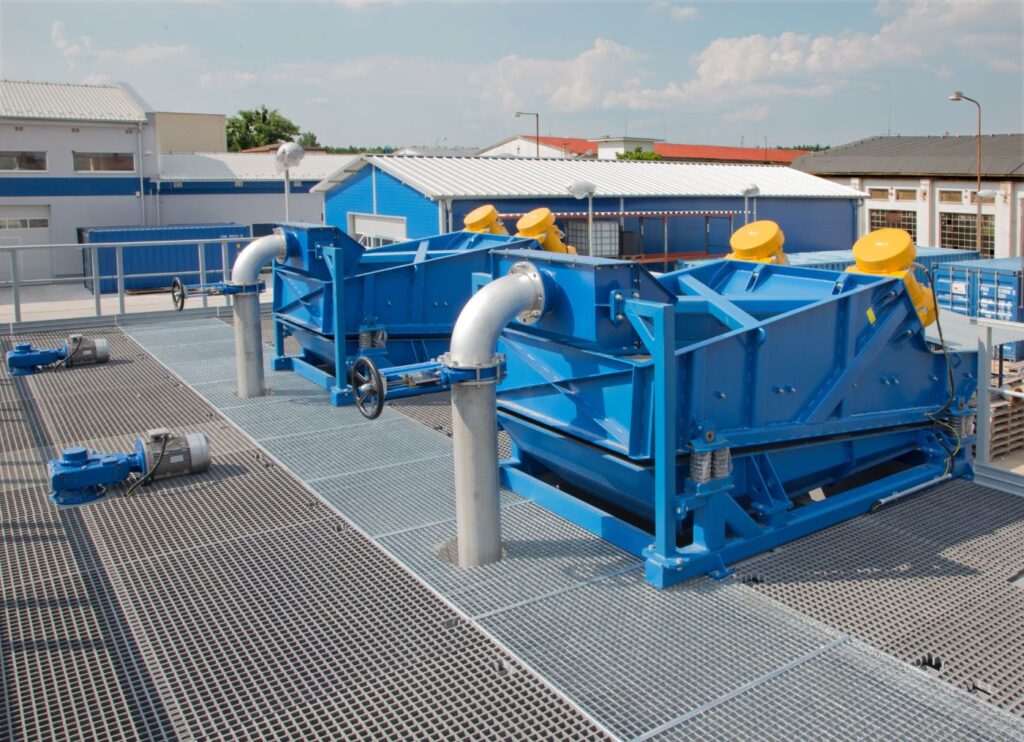
The use of sludge dewatering equipment spans across multiple industries where strict environmental regulations govern waste discharge, sludge disposal, and overall water quality management. Each of these sectors faces unique compliance pressures, making reliable and efficient dewatering equipment a necessity, not a luxury. Whether operating large treatment facilities or managing remote field sites with mobile dewatering equipment, these industries must adhere to rigorous standards to avoid penalties, protect the environment, and ensure sustainable operations.
Municipal Wastewater Treatment
Municipalities are required to manage sludge generated from sewage treatment in accordance with local and federal regulations. Sludge dewatering equipment plays a crucial role in reducing the volume of sludge before it is disposed of in a landfill or applied to land. With tightening discharge permits and limited disposal space, cities increasingly rely on advanced dewatering equipment to reduce costs, minimize environmental impact, and meet EPA-mandated criteria.
Food and Beverage Industry
The food and beverage sector generates large volumes of organic sludge rich in moisture and nutrients, which must be handled with care to prevent contamination. Sludge dewatering equipment helps reduce waste volume, improve hygiene, and ensure safe discharge into municipal systems or the environment. In seasonal or high-demand operations, mobile dewatering equipment offers flexibility for on-site treatment without disrupting production lines.
Mining and Mineral Processing
Mining operations produce highly abrasive and dense sludge as a byproduct of ore extraction and tailings management. Compliance regulations in this sector are strict due to the risk of heavy metal contamination and leachate. Robust dewatering equipment is required to separate solids effectively and support safe disposal or reuse. Mobile dewatering equipment is especially valuable in remote mining locations where permanent facilities are not feasible.
Oil and Gas (Drilling Mud Dewatering)
In oil and gas operations, managing drilling fluids and produced water is critical to maintaining environmental compliance. Sludge dewatering equipment is used to separate solids from drilling mud, thereby reducing the environmental load prior to disposal. Portable, skid-mounted, or trailer-based mobile dewatering equipment is often deployed at well sites to treat waste on-site, thereby reducing transport costs and minimizing environmental risks.
Pulp and Paper Industry
The pulp and paper industry generates substantial quantities of fibrous sludge during manufacturing and wastewater treatment. Strict regulations limit the discharge of suspended solids, organic matter, and chemical residues. Implementing efficient sludge dewatering equipment enables plants to meet discharge limits, reduce landfill dependency, and recycle water within the facility. Mobile dewatering equipment can also be used during shutdowns or maintenance periods to ensure uninterrupted compliance.
Sustainability and Long-Term Environmental Impact
In an era where sustainability and resource efficiency are top priorities, sludge dewatering equipment plays a pivotal role in supporting environmentally responsible waste management practices. By minimizing waste volume, reclaiming water, and enabling beneficial reuse, this technology aligns with the principles of the circular economy while reducing the long-term environmental footprint of industrial and municipal operations. Both stationary and mobile dewatering equipment offer scalable, eco-friendly solutions that enhance sustainability across various sectors.
Contribution of Sludge Dewatering Equipment to Circular Waste Management
Modern dewatering equipment enables facilities to transform waste into usable resources, advancing the shift from linear to circular waste strategies. Instead of viewing sludge as a disposal problem, operators can process it into a manageable form that supports secondary applications. With the help of sludge dewatering equipment, solids can be converted into biosolids for land application. At the same time, separated water is treated and reused within the process or discharged safely, creating a closed-loop system that conserves resources.
Reuse of Treated Water and Sludge Cake in Agriculture or Energy Generation
Dewatered sludge, also known as “sludge cake,” often contains nutrients that make it suitable for use as a soil conditioner in agriculture or as a feedstock in energy production, such as biogas or pellet fuel. At the same time, the clarified water recovered through dewatering equipment can be recycled for use in industrial operations or safely released into the environment after treatment. These reuse strategies not only reduce waste but also create value from byproducts, making mobile dewatering equipment particularly useful in field applications where access to disposal infrastructure is limited.
Lifecycle Cost Savings vs Environmental Fines or Cleanup
While the upfront investment in sludge dewatering equipment may seem significant, the long-term cost savings are substantial. Efficient dewatering reduces hauling and landfill fees, lowers water consumption, and minimizes the risk of non-compliance penalties. Avoiding environmental damage and the associated cleanup costs further strengthens the business case. With mobile dewatering equipment, operators can reduce logistical expenses and ensure compliance even in remote or temporary settings, reinforcing both economic and environmental sustainability.
Conclusion
Sludge dewatering equipment plays a vital role in bridging operational efficiency and environmental responsibility. By supporting regulatory compliance, reducing waste volume, enabling water reuse, and lowering disposal costs, this technology offers both immediate and long-term value across a wide range of industries. Whether through permanent systems or mobile dewatering equipment, organizations can meet environmental mandates while advancing their sustainability goals. Investing in the right dewatering equipment is not just a matter of compliance—it’s a strategic move toward cleaner operations and a more resilient future.
